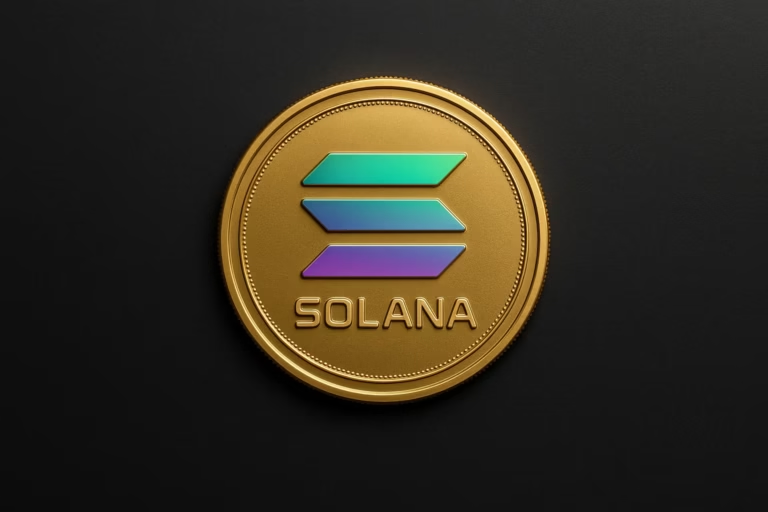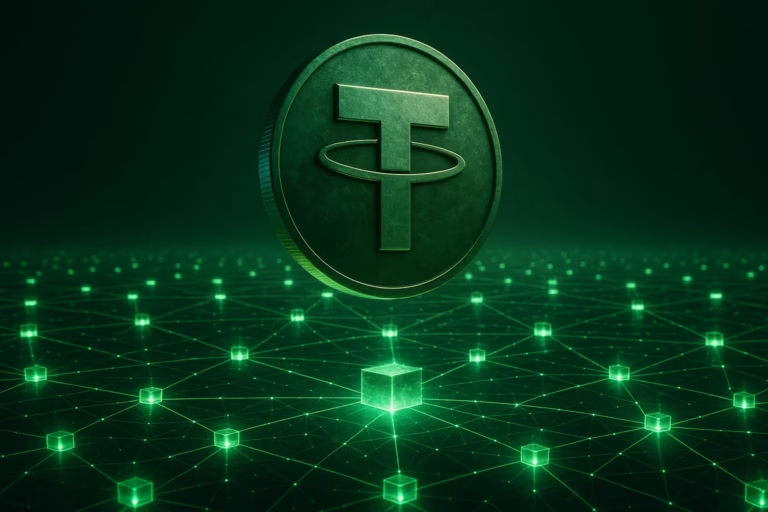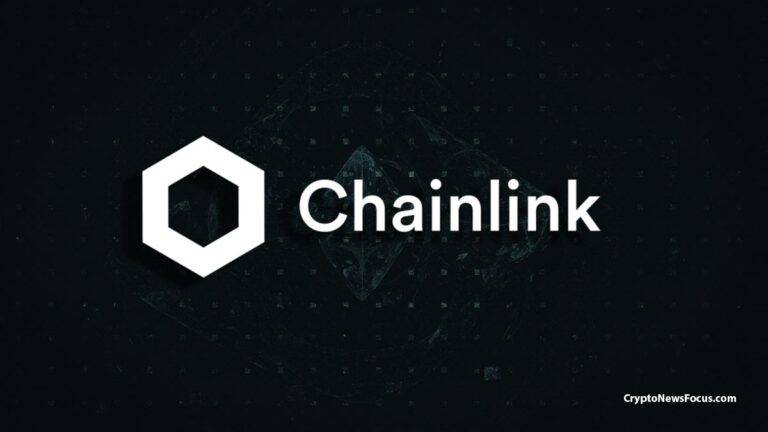
- Berachain’s innovative Proof of Liquidity (PoL) model integrates liquidity directly into network security, offering a unique approach that could disrupt the dominance of Ethereum and Solana.
- With strong funding, high TVL appeal, and an efficient tokenomics system, Berachain has the potential to transform the DeFi landscape, although its success will depend on governance distribution and scalability.
A Game-Changer in Blockchain Technology?
The launch of Berachain has garnered significant attention in the cryptocurrency world, largely due to its groundbreaking Proof of Liquidity (PoL) model. Unlike traditional blockchains like Ethereum and Solana, which rely on Proof of Stake (PoS), Berachain integrates liquidity directly into network security. This innovative approach could disrupt the dominance of Ethereum and Solana in the blockchain space. Let’s explore how Berachain’s PoL model is designed to transform liquidity dynamics and whether it has the potential to reshape the DeFi landscape.
What Makes Berachain Unique?
Berachain has raised a whopping $142 million over two funding rounds, with a valuation of $1.5 billion. Entering the market with a pre-launch liquidity of $3.3 billion, it’s already surpassing competitors like ZKsync and Starknet in terms of Total Value Locked (TVL). The blockchain’s testnet, which has shown robust activity, indicates a strong user base and readiness to compete in the crowded blockchain space.
Proof of Liquidity (PoL): The Secret Weapon
So, what exactly is Proof of Liquidity (PoL), and why does it matter? In traditional blockchains like Ethereum, validators stake tokens to secure the network. In contrast, Berachain pioneers a model where liquidity providers contribute assets to liquidity pools, which not only secures the network but also facilitates decentralized trading and lending. By participating in liquidity provision, users and validators are economically incentivized to keep assets flowing, which improves both network security and overall liquidity.
This dual function of liquidity as both security and utility sets Berachain apart. Unlike Ethereum, where transaction fees are either burned or redistributed, PoL ensures that liquidity within the ecosystem remains active and continuously benefits all participants.
The Tokenomics Behind Berachain’s PoL
At the heart of Berachain’s PoL model are three core tokens:
- BGT (Berachain Governance Token): This non-transferable token is crucial for staking and securing the network. It also plays a pivotal role in governing the emission of new tokens to liquidity pools.
- BERA (Berachain Gas Token): Used for paying transaction fees, BERA is deflationary as it is burned in exchange for BGT, tying its supply directly to network usage.
- HONEY (Berachain Stablecoin): Pegged to USDC, HONEY is used in the platform’s Bend lending protocol and serves as collateral within the ecosystem.
Berachain’s governance model involves delegating BGT to validators, who decide which liquidity pools receive rewards. This creates a unique “bribery market” where DeFi projects incentivize liquidity providers to support their pools. Over time, liquidity providers gain governance rights, which further solidifies the ecosystem’s focus on decentralized finance.
Key Advantages and Challenges
Advantages:
- High TVL Appeal: Berachain attracts substantial liquidity through BGT emissions, positioning itself as an attractive platform for liquidity providers.
- Capital Efficiency: Unlike PoS chains, where staked tokens remain idle, Berachain ensures that assets stay liquid within the ecosystem.
- Interoperability: With compatibility with Ethereum’s EVM and Cosmos’s cross-chain capabilities, Berachain ensures wide compatibility within the blockchain ecosystem.
Challenges:
- Governance Centralization: The distribution of governance rights could become centralized, favoring large liquidity providers.
- Barrier for New Protocols: Since Berachain incorporates core DeFi protocols like DEX and lending, launching new protocols may face challenges.
Can Berachain Take on Ethereum and Solana?
Berachain’s PoL model brings a fresh perspective to blockchain security and liquidity, offering both efficiency and flexibility. While its success will depend on factors like governance distribution and protocol expansion, it certainly has the potential to disrupt the dominance of Ethereum and Solana. If Berachain can maintain its momentum and scale effectively, it could become a major player in the Layer-1 blockchain space, offering an innovative alternative to current market leaders.




